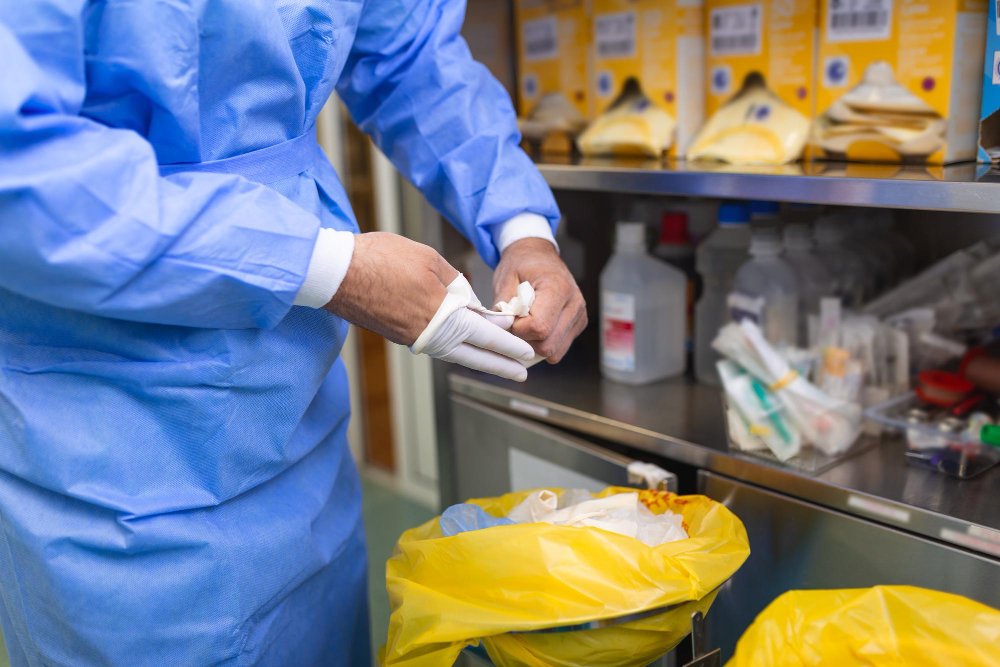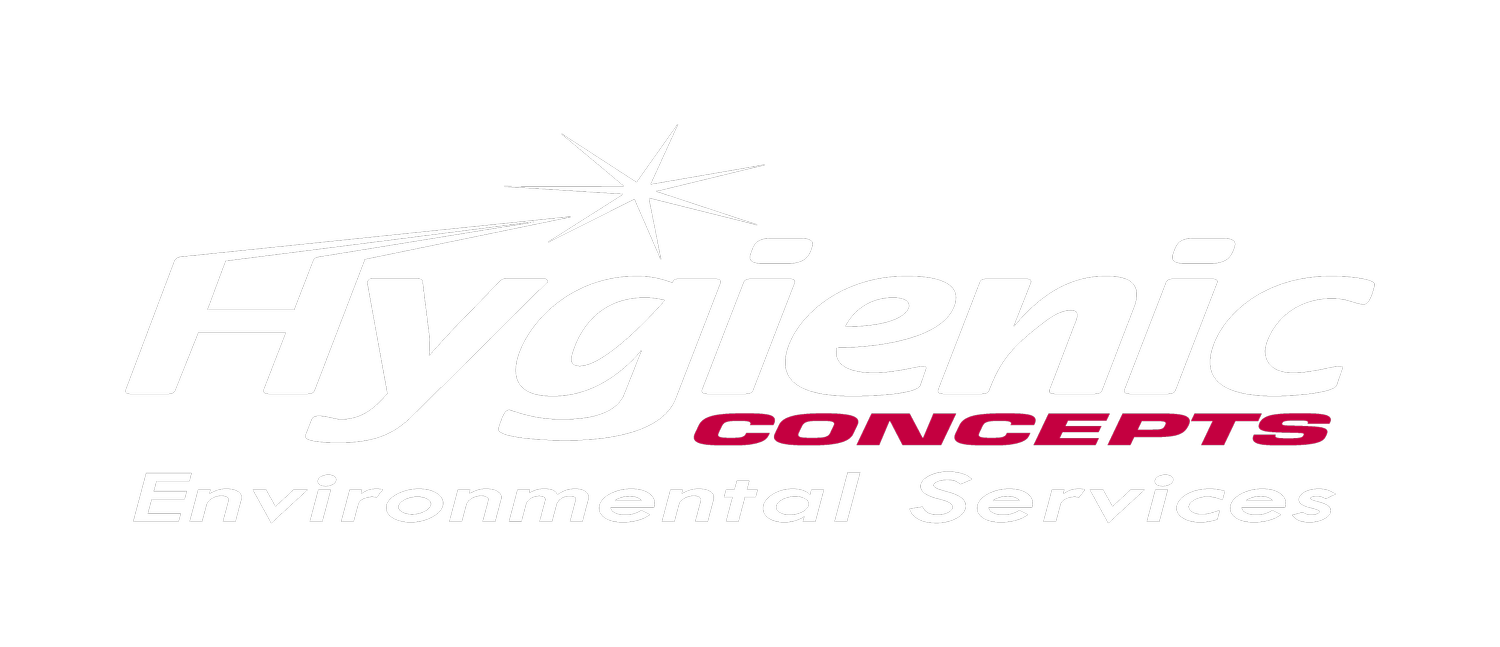
What Happens To Our Waste?
We prioritise responsible waste management, ensuring eco-friendly disposal. Through recycling and composting, we minimize our carbon footprint and landfill waste. Our sustainable practices contribute to a cleaner environment and set a positive example for other businesses.

Metals
When fed aerosol containers, the processing unit safely removes and collects the waste contents, captures and contains the gaseous and liquid contents and bales the empty metal containers. All of this content is 100% recyclable.

Batteries
Batteries used within our units are collated at our depots and sent for recycling. Batteries are stripped down for reusable elements such as zinc, steel and manganese. After recycling these elements are used within industrial applications and the steel industry.

General
Non-recyclable refuse is sent either to an Energy Recovery Facility or to produce Refuse Derived Fuel. The waste is turned into energy to power homes and businesses achieving virtually zero landfill.

Recycling
Cardboard and paper materials are separated mechanically. Paper is sorted into grades and sent to paper mills to create new paper products such as newspapers. Card is bailed to be sold for new cardboard manufacture.

Offensive
Alternative treatment (AT) is the heating of waste to disinfect it, as an alternative to incineration or landfill. The resulting shredded and disinfected waste is compacted, baled and used as an alternative fuel source/solid recovered fuel (SRF). SRF fuel is used an an alternative to coal or Petcoke within cement kilns.





